

Engage prospects with a scan and streamline customer engagement with FREE QR code marketing tools by Sona – no strings attached!
Create a Free QR CodeFree consultation

No commitment

Engage prospects with a scan and streamline customer engagement with FREE QR code marketing tools by Sona – no strings attached!
Create a Free QR CodeFree consultation

No commitment
QR codes have become essential tools in bridging offline and online experiences. For manufactured home parks, QR codes offer a practical, frictionless, and highly effective way to drive conversions, streamline community management, and enable residents, buyers, and operators to connect with vital resources without requiring an app download or complicated onboarding, as seen in multifamily marketing tech.
Manufactured home park operators often struggle with analog processes, incomplete lead capture, and limited engagement data. Paper sign-in sheets or static flyers mean high-value prospects might go untracked, while anonymous visitor interest is left invisible. QR codes provide a low-barrier gateway to capture and analyze these interactions, delivering real-time insights and more meaningful engagement at every stage.
QR codes empower owners and marketing professionals to create seamless user journeys, enhance operational efficiency, and close the gap between offline actions and actionable, digital data. Whether the goal is to simplify property tours, accelerate leasing, boost resident engagement, or make regulatory communications more accessible, QR codes deliver high-value touchpoints that turn every signpost, lease packet, or event handout into a digital opportunity.
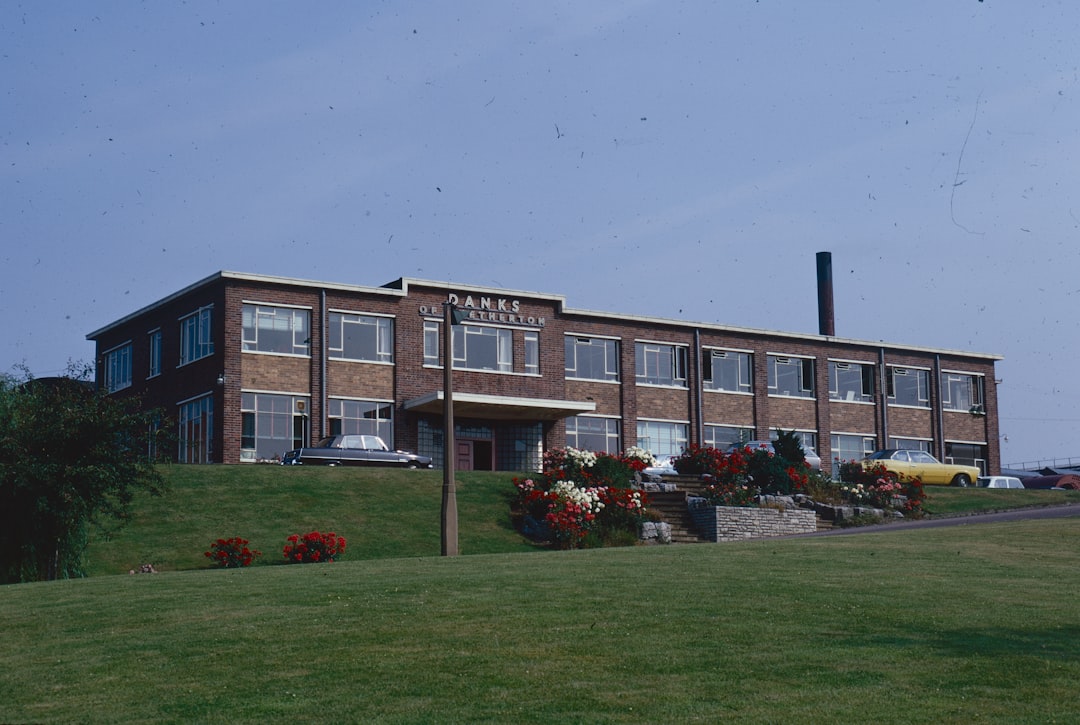
A frequent challenge for manufactured home parks is missed opportunities. High-intent prospects may pull over to read signage, take a brochure, or tour the grounds on a weekend visit, yet their interest goes unrecorded if there is no easy digital path to act. Analog processes like manual tour sign-ins, paper applications, or stacks of untracked flyers often lead to incomplete records, slow follow-up, and wasted marketing spend.
QR codes provide a direct bridge from physical assets to digital outcomes. With one scan, prospects can schedule a tour, start a pre-qualification, or message a leasing agent; residents can submit maintenance requests, pay rent, or RSVP for community events. Each scan becomes a data point that enters your CRM, kickstarts automated follow-up, and improves attribution. Over time, this creates a consistent feedback loop that lifts conversion rates and reduces the cost per lease.
Steps to get started:
Many modern QR platforms like Sona QR automate generation, analytics, and CRM integration. That means valuable prospect data is unified rather than scattered across paper forms and ad hoc spreadsheets. It also means operators can shift from reactive follow-up to proactive, personalized engagement that moves people to lease faster.
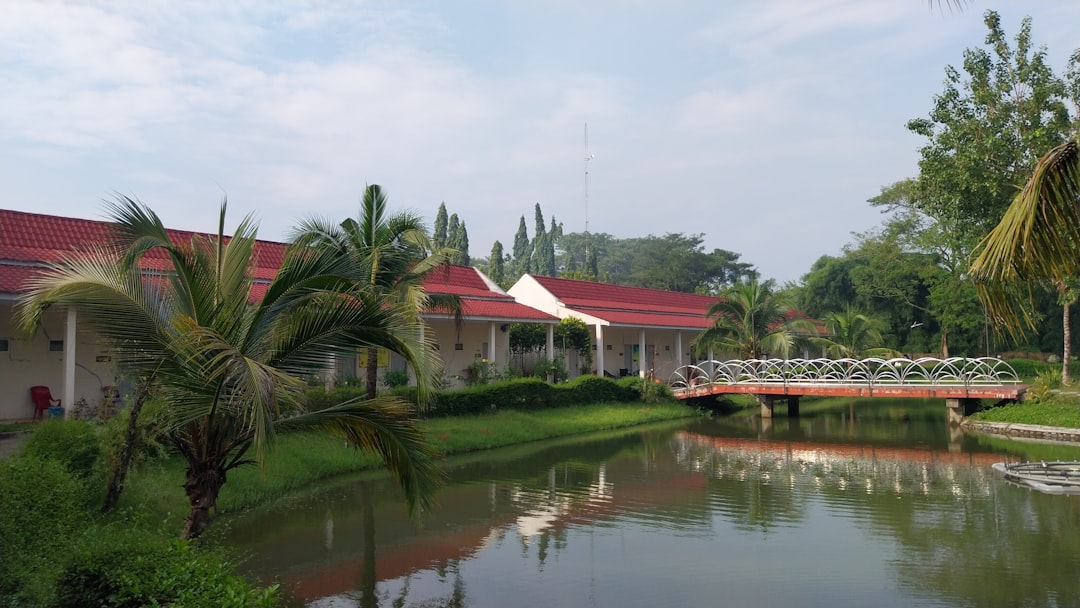
Manufactured home park operators often find it hard to capture offline intent. Prospects may drive the property, talk briefly with on-site staff, or pick up a flyer without completing a form. These moments of interest are valuable but invisible if there is no rapid digital path to action. The result is broad, less targeted marketing outreach and inconsistent lead quality in your pipeline.
QR codes remove this friction by giving people a one-scan path from awareness to action. They make it easy to access current listings, tour schedules, financing information, park rules, or service requests without typing a URL or downloading an app. For staff, they reduce repetitive work and provide clearer visibility into what is resonating in the market. Learn more in qr codes in marketing.
For example, placing QR codes on self-guided tour signs or appointment cards ensures even drop-in visitors are logged. Operators can then segment those contacts for retargeting, send reminders to schedule a full tour, or nurture them with financing resources that move them closer to a lease.
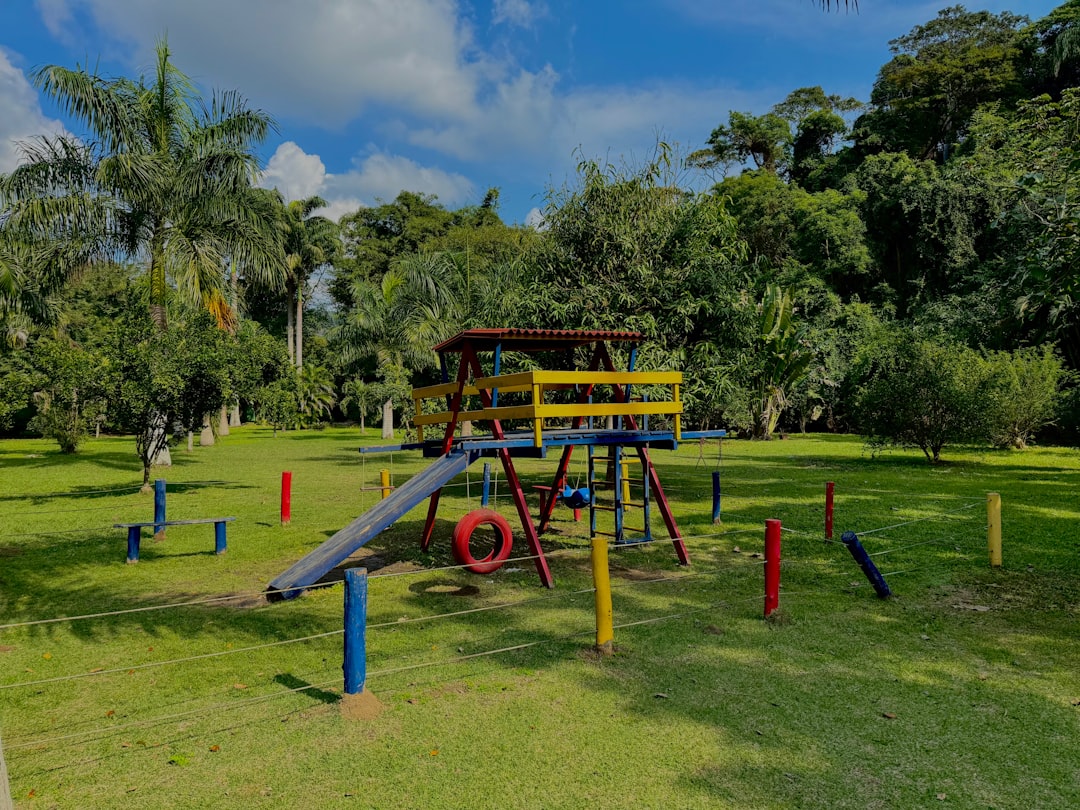
Operators often lean on generic marketing assets that do not capture or route interest effectively. QR codes can be tailored to match the action you want a scanner to take. Choosing the right format increases completion rates, improves follow-up, and makes your offline materials work harder.
With dynamic QR codes, operators can change destinations as inventory or policies evolve, run A/B tests, and add tracking parameters without reprinting assets. This flexibility is essential in environments where home availability, pricing, and promotions can shift quickly.
Many manufactured home parks underutilize their highest-traffic areas, missing critical moments to capture interest or simplify resident tasks. Growth comes from meeting people where they already are and reducing steps to action. QR codes transform everyday touchpoints into measurable engagement and conversions.
In practice, focus QR deployment where it aligns with user intent. A prospect scanning a lot sign wants to see available homes or book a tour. A new resident scanning a welcome packet needs payments, rules, and amenities in one place. Use specific CTAs at each touchpoint to reduce ambiguity and prompt the next best action. Explore direct mail ideas.
By matching QR placement to the journey stage and physical context, park operators convert more foot traffic into logged engagement. This creates a more reliable funnel from first impression to signed lease.
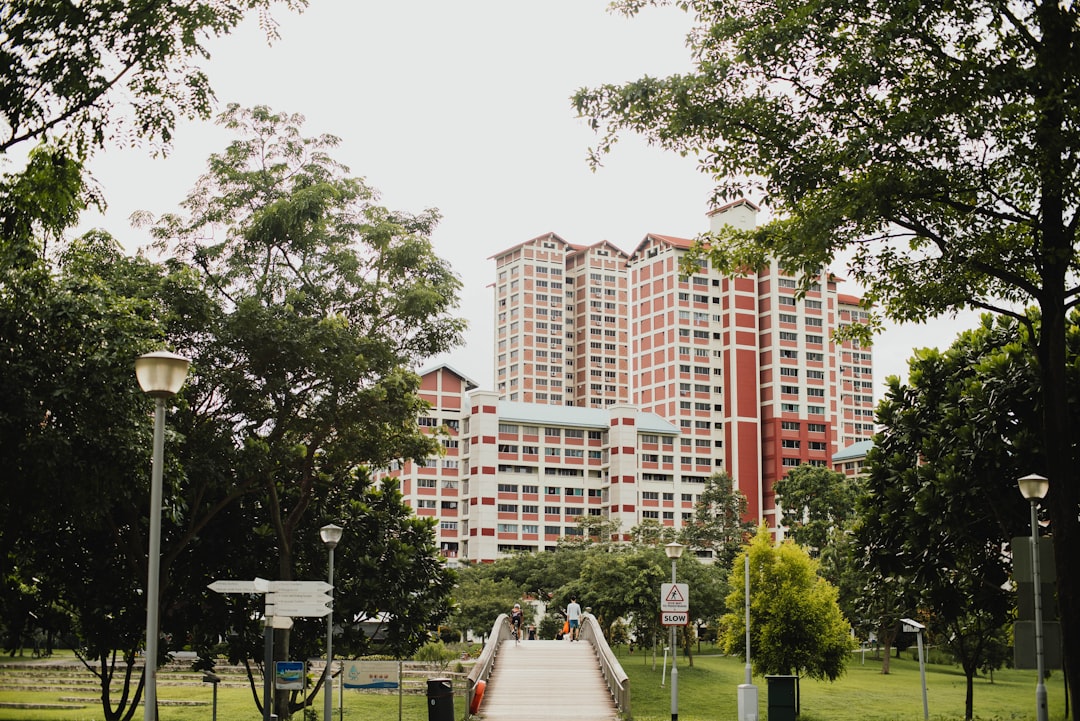
Unstructured follow-up and generic messages can stall conversions and increase churn. QR-powered journeys make it easy to initiate the right action quickly and to follow up with relevance. For broader mobile home sales tactics, QR can anchor digital touchpoints. Below are high-impact use cases that address common bottlenecks.
These use cases unify the on-site experience with digital tools that help prospects and residents get things done quickly. Operators gain cleaner data, clearer attribution, and higher conversion rates at every step.
Each QR scan signals intent. When you deploy unique QR codes across entrances, model homes, marketing materials, and event assets, you create a mosaic of micro-signals that can be turned into segmented audiences. These segments drive more precise retargeting and more relevant follow-up.
For manufactured home parks, segmentation often aligns with role, location, and action. A renter exploring financing content needs different messaging than an investor scanning a brochure about cap rates. A resident scanning maintenance links should not receive prospecting messages. Thoughtful tagging converts diverse interactions into organized, personalized outreach. See real estate strategies.
With an integrated platform like Sona QR, each QR code becomes a smart entry point into your funnel. You can enrich contact profiles over time and retarget based on real behavior, not assumptions.
QR codes are connectors that unify offline impressions with digital engagement. In manufactured home parks, this enables consistent, measurable journeys that span print, signage, events, social media, and even video screens. The result is better attribution and a tighter loop from intent to action. See The Essential Guide to Offline Attribution. For execution ideas, use this QR marketing guide.
Integrate QR codes across the channels you already use, and use unique codes per asset to understand which materials drive results. As data comes in, refine creative and calls to action based on what converts most effectively.
QR codes serve as the offline onramp to your digital marketing engine. With centralized management tools like Sona QR, you can monitor performance by asset and sync scan data with your CRM and ad platforms for continuous optimization.
Technical and operational hurdles can stall adoption, especially if teams are juggling outdated processes. A clear execution plan helps ensure each QR campaign is aligned with business outcomes, easy to use, and fully trackable from day one.
Use the following steps to move from idea to impact. Treat each step as an iterative loop: test, learn, and improve based on real-world performance rather than assumptions.
Start by defining the purpose of the campaign. For a leasing push, you might focus on tour booking or application starts. For resident engagement, you might prioritize maintenance requests or event RSVPs. Tie the use case to a measurable business outcome such as increasing tour bookings by 25 percent over the next quarter.
Select static or dynamic based on your need for tracking and flexibility. Static codes are appropriate for evergreen content that rarely changes. Dynamic codes are best when you want analytics, retargeting, and the ability to update links without reprinting. Use a QR code generator that supports both.
Design affects scannability and trust. Incorporate your logo, choose high contrast colors, and add a clear border. Place a benefit-driven call to action adjacent to the code so people know what they will get.
Roll out codes where they will be seen most by the intended audience. Use unique codes by location and asset so you can attribute performance correctly.
Treat the campaign as a living system. Monitor scans, conversion rates, and follow-up speed. Iterate on CTA language, placement, and landing page design based on what the data shows.
By following these steps, your team will move faster with fewer mistakes. You will also create a repeatable playbook that scales across properties and seasons.
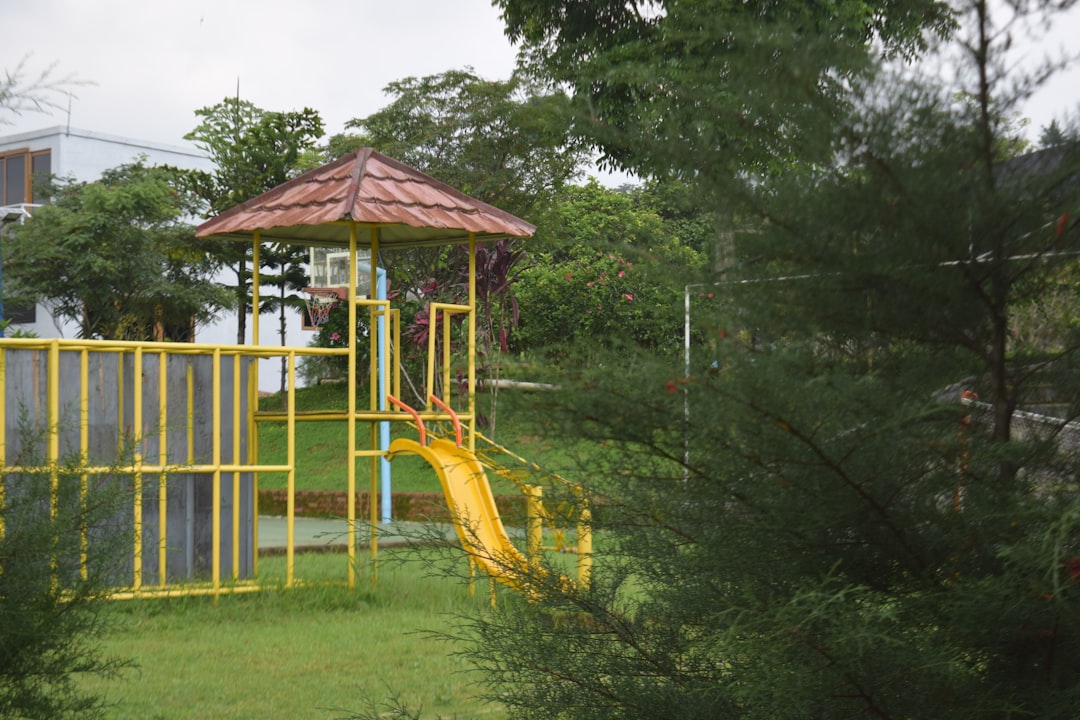
Operators often cannot see which offline marketing efforts convert to leads or leases. Traditional web analytics lack the context of where and when a physical asset drove action. Without end-to-end visibility, it is hard to know what to keep, what to fix, and what to cut.
Modern QR analytics turn each scan into a detailed engagement event. When connected to your CRM and marketing tools, scans link to known contacts and outcomes. This unifies fragmented touchpoints and supports Single vs Multi-Touch Attribution Models across the full journey from first interest to signed lease.
Sona QR captures real-world engagement and centralizes the analytics you need. With Sona, you can extend that data to identity resolution and multi-touch attribution for a complete picture of how QR engagement drives revenue.
To maximize the impact of QR codes, focus on precision, clarity, and follow-through. These best practices help you get more scans, better data, and faster conversions while avoiding common pitfalls.
Creative implementations can also lift engagement. For example, print QR codes on parking permits that link to emergency alerts and weather updates. Add a QR code to rent invoices that takes residents to a one-tap payment portal and offers an opt-in for autopay. These small, practical touches drive adoption and satisfaction. For fundamentals, review QR basics.
QR codes are more than shortcuts. They are a strategy for transforming anonymous offline interest into measurable, actionable engagement. In manufactured home parks, they unify the resident and prospect experience while giving operators the data needed to improve conversion rates, occupancy, and service quality.
By making every physical touchpoint scannable and every scan attributable, you close the loop between awareness and action. Start with high-intent placements like lot signs and leasing windows. Add QR to direct mail, welcome packets, and community boards. Then connect everything to your CRM so each scan triggers timely follow-up and informs smarter decisions.
With Sona QR, you can generate your first codes in minutes, manage them centrally, and connect scan data to the tools you already use. As you optimize placements and messaging, you will build a repeatable system that turns interest into tours, tours into applications, and applications into signed leases. Start creating QR codes for free.
QR codes have revolutionized manufactured home parks by turning traditional marketing into a dynamic, measurable path to increased occupancy and resident engagement. Whether it’s attracting new residents, enhancing onsite experiences, or streamlining maintenance requests, QR codes replace cumbersome processes with instant, mobile-friendly actions that capture real-time data—transforming every flyer, sign, and notice into a powerful conversion tool.
Imagine instantly knowing which community events or promotional materials bring in the most inquiries—and having the flexibility to update offers or information without reprinting. With Sona QR, you can create dynamic, trackable QR codes in seconds, optimize campaigns on the fly, and link every scan directly to leasing activity and resident satisfaction metrics. No missed leads, no guesswork—just smarter, more effective community management.
Start for free with Sona QR today and turn every scan into a new resident, a happier community member, or a streamlined operation.
QR codes bridge offline and online experiences by enabling easy lead capture, streamlined community management, real-time engagement data, and improved conversion rates without requiring app downloads.
Prospects can scan QR codes on signage or flyers to access virtual tours, schedule appointments, start pre-qualification, or contact leasing agents, making the buying or selling process faster and more efficient.
Dynamic QR codes can provide instant access to up-to-date park rules, compliance documents, and HUD or state notices, ensuring residents and prospects always see current regulations without paper reprints.
The article does not discuss the value comparison between manufactured home park properties and traditional homes.
QR codes link residents to community event RSVPs, maintenance requests, online payments, surveys, and information on amenities, which enhance engagement and satisfaction within the community.
QR codes convert physical interactions like signage or flyers into digital data points that feed into CRM systems, enabling faster follow-up, precise attribution, and higher conversion rates.
Common formats include web links for listings and tours, forms for applications and maintenance requests, vCards for contact sharing, PDFs for rulebooks, Wi-Fi access codes, and SMS or email pre-filled messages.
High-impact placements include leasing office signage, vacant lot signs, direct mail, resident welcome packets, community boards, and vehicle permits where they align with user intent.
Residents can scan codes to submit maintenance requests with photo uploads, participate in surveys, pay rent, and RSVP for events, leading to quicker issue resolution and improved community involvement.
Steps include choosing a use case, selecting static or dynamic QR codes, designing and testing codes for scannability, deploying across key channels, and tracking performance to optimize results.
Analytics provide data on when, where, and how codes are scanned, enabling operators to prioritize follow-up, allocate marketing budgets effectively, measure campaign ROI, and connect scans to lease revenue.
Yes, dynamic QR codes allow operators to update the linked content such as listings, prices, or rules without reprinting physical materials.
QR codes unify offline materials like brochures, direct mail, signage, social media, and digital displays by providing measurable, trackable links that feed into centralized marketing platforms.
Use unique codes per asset, add tracking parameters, trigger automated follow-up messages, train staff to promote scanning, and optimize calls to action for clarity and context.
By digitizing processes such as tour sign-ins, maintenance requests, rent payments, and event RSVPs, QR codes minimize paperwork and repetitive tasks, allowing staff to focus on higher-value activities.
Use Sona QR's trackable codes to improve customer acquisition and engagement today.
Create Your FREE Trackable QR Code in SecondsJoin results-focused teams combining Sona Platform automation with advanced Google Ads strategies to scale lead generation

Connect your existing CRM

Free Account Enrichment

No setup fees
No commitment required

Free consultation

Get a custom Google Ads roadmap for your business






Launch campaigns that generate qualified leads in 30 days or less.
